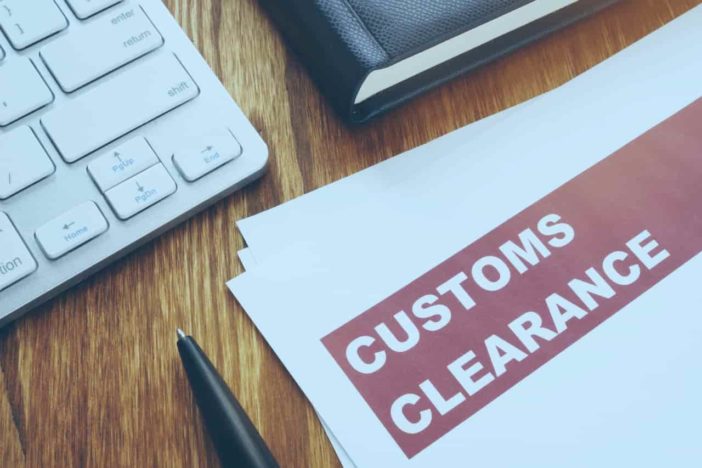Customs clearance is one of the most challenging procedures of global freight shipping and all types of businesses. You need to have complete awareness and focus on executing this process successfully. From availing the services of the customs broker to paperwork, you have to be attentive to ensure that everything stays on track.
If you regularly ship goods across different countries, you must stay updated about the latest custom clearance practices. It would be beneficial to obtain export approval before the freight leaves the origin port. Similarly, import clearance is needed so that your cargo can enter the country where it is destined to go. Even seasoned shippers face issues due to the complexity of the clearance process. To prevent any delay and save costs, you should know the complete customs clearance process. Let’s find out how you can make the customs clearance process seamless.
Focus Paperwork
You have to get relevant declarations needed to send your cargo to any country. You must pay close attention to documentation to verify any errors in them. If you have any doubts, consult the shipping company rather than wait for the merchandise to inform you that you have filled forms incorrectly.
Paperwork involves all types of documents: transportation papers, custom value declaration documents, commercial invoices, documents showing the proof of origin, and others.
Choose Experienced Customs Brokerage
One of the vital parts of the customs clearance process is finding a specialized and experienced customs brokerage firm. Some companies offer various customs brokerage services related to different categories such as merchandise, transportation, and cargo size.
It is essential to know the terms and conditions while hiring the services of any custom broker. It will help you avoid arguments and disputes later and give you a clear idea of what services you will get. It will also help you make timely negotiations if you want something else in the contract.
Be Mindful for Item Descriptions
You have to understand that people in the customs office cannot understand your business better than you. So, you have to be cautious while providing information about items in the cargo. Firstly, you have to offer a complete description of the contents of the cargo. Then you have to deliver the commodity codes that will enable customs officers to examine the area unit of cargo. It gives the idea of how to charge you related to duties and taxes.
Information related to cargo and its functions is also required, and you should also add the details of how goods are packed. Also, do not forget to inform the customs officials if there is any electronics product in your cargo.
Leverage Technology
In today’s era, most manual procedures are not in use anymore. Many of the processes are done online, so you have to implement the right digital strategy to streamline everything. It would be great to use the most up-to-date technological instruments to make everything go as smoothly as possible.
With the availability of different online tools, you can manage things like paperwork, documents submission, cargo tracking, and many more. You have to analyze the current trends and adopt the technology according to your needs. It will save your time and effort and make things less complicated for you.
Look for Import and Export Restrictions
It would help if you had clarity about the import and export regulations of the country where you want to send your cargo. You have to ensure that your freight can enter that country and export. Certain things are prohibited in different countries. It is highly recommended that you get the list of banned goods from the office to avoid the later hassle. You must know which type of cargo is prohibited and which is not before booking the shipment.
However, if you want to import or export prohibited products, you can ask customs higher authorities for written permission. You may have to meet some requirements, but the chances are that you can get permission. But never try to import or export the prohibited goods without written permission. You can face heavy penalties, and officials can seize your cargo.
Countries put import and export restrictions on some goods for different reasons. You have to be aware of those restrictions before shipping cargo. Firstly, you have to keep in mind that a vehicle older than 40 years cannot be exported. Also, you can not export paintings over 100 years due to their vast heritage value.
You should also clearly know about quantity restrictions of certain goods. Packaging restrictions are also crucial as you have to meet specific criteria. The most important thing is a license that you must have to export or import particular products. You should check with your customs broker to know in advance about the restrictions of certain products in different countries.
Conclusion
As an import and export business owner, you must know different global freight forwarding and customs clearance processes. It will keep you safe from any trouble or challenging situation you can face due to a lack of knowledge of the customs laws. Therefore, you need to pick a qualified and experienced customs broker who can guide you about the dos and don’ts of the customs clearance process. It will ensure a seamless procedure and help you focus on other business aspects so that you can keep everything on track.



